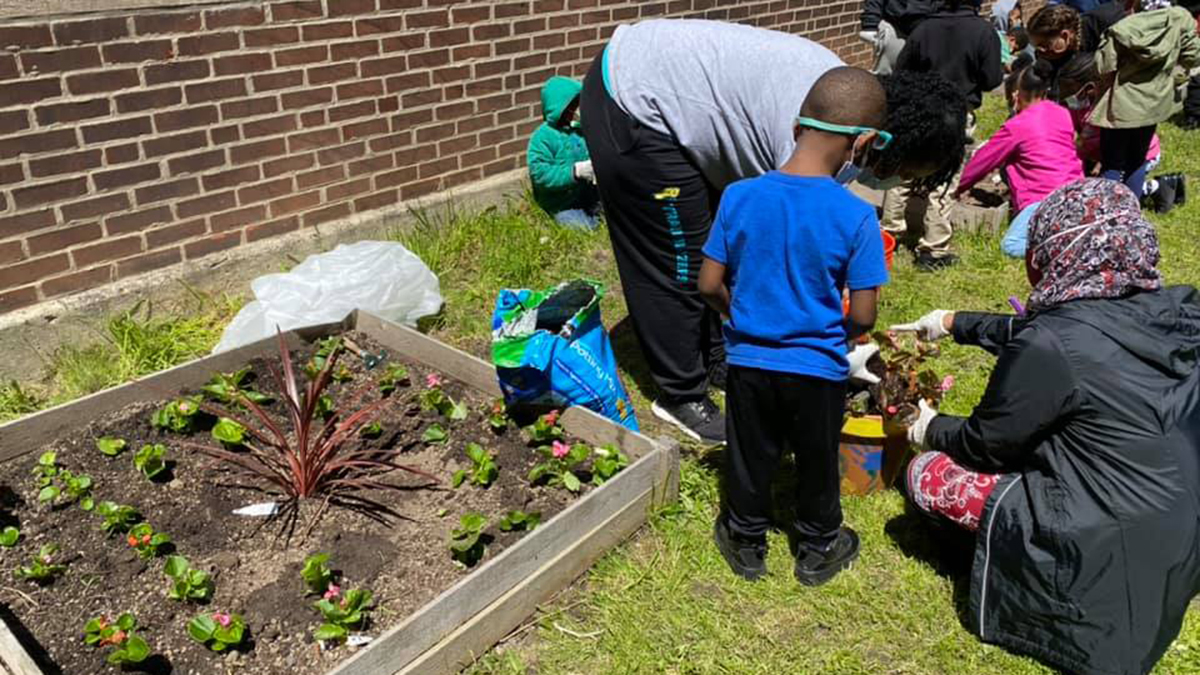Medication Safety Management
When an Ounce of Prevention is Worth More Than a Pound of Cure
By Hilary Anderson, Shannon Mommsen, Sara Khan, Abir O. Kanaan, Karyn Sullivan, Paul Belliveau

feature
Garden Variety
Flexible lessons for exploring ideas about biological variation using indoor and outdoor gardens
Science and Children—March/April 2023 (Volume 60, Issue 4)
By Sky Feller, Stacey Halpern, and Nora Underwood

feature
Rightfully Present
Using trade books and 3D learning to encourage students’ sense of belonging
feature
Promoting Sensemaking
An impactful instructional sequence for teaching elementary students about whether objects are heavy or light for their size
feature
Toward Equity for Multilingual Learners
The Standards offer a new opportunity to engage multilingual learners (MLLs) in science
Science and Children—March/April 2023 (Volume 60, Issue 4)
By Emily Reigh, Emily Adah Miller, Maria Chiara Simani, and Alice Severson

feature
Integrating Critical Pedagogy of Place
How kindergarten students explored the needs of living things in their school's urban environment
Science and Children—March/April 2023 (Volume 60, Issue 4)
By Alayla Ende, Alexandra Schindel, Jennifer Tripp, Christine Wang, and Tanya Christ

formative assessment probes
What Can You Do with 77 Formative Assessment Probes Columns?
Science and Children—March/April 2023 (Volume 60, Issue 4)
By Page Keeley
teaching through trade books
Animal Survival
Science and Children—March/April 2023 (Volume 60, Issue 4)
By Christine Anne Royce
the poetry of science
Lessons Learned
Science and Children—March/April 2023 (Volume 60, Issue 4)
By Sylvia Vardell and Janet Wong
Early Childhood Resources Review
Finding Outstanding Science Trade Books
Science and Children—March/April 2023 (Volume 60, Issue 4)
By William Straits




